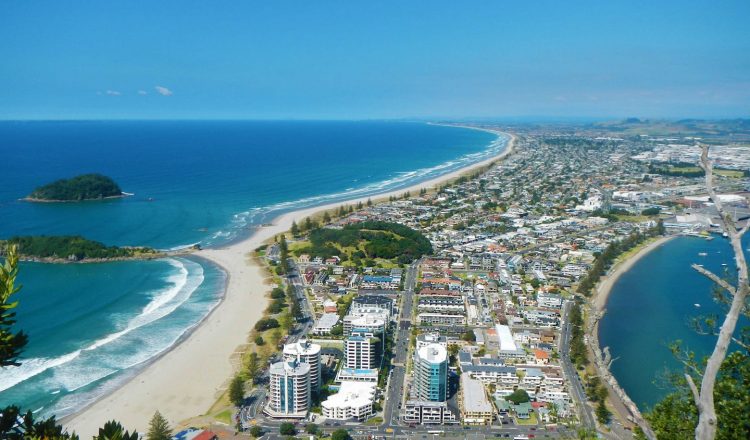Tauranga’s population is growing, while many other cities – including Rotorua – are experiencing population loss, new data reveals.
Data released by Statistics NZ shows that Tauranga had the highest population growth of all urban centres in New Zealand.
Te Ngira (Institute for Population Research) senior researcher Shefali Pawar said this reflected a nationwide trend of rural populations declining due to students and working-age people relocating to larger urban centres for education and career opportunities.
“When a region loses its young population, it also loses its reproductive potential which in turn slows the rate of population increase and accelerates the onset of structural ageing,” she told Bay of Plenty Times.
“That is probably what is unfolding in Rotorua and Whakatāne.”
Tauranga’s estimated population in the year to June 2018 was 142,500. This increased to 158,300 in 2022. Forty-one per cent of this growth was due to an increase in 15 to 39-year-olds, Pawar said.
The population estimate for Rotorua in 2018 as of June 30 was 74,800. This increased to 77,100 in 2020, then dropped to 76,900 in 2021 and further decreased to 76,800 in 2022.
Tauranga City Council Commissioner Stephen Selwood said the latest figures indicated growth was slowing in areas such as Auckland, with people looking to find “better lifestyle options”.
He also said current projections indicated Tauranga’s population was likely to exceed 200,000 people by 2048, meaning that around 28,000 extra homes were needed.
Western Bay mayor James Denyer said the region had “a lot going for it” with a “great climate, a beautiful and varied environment, good job opportunities and relative proximity to other major centres”.





















































-660x440.jpg)